2016 Hyundai Elantra review, road test
Hyundai’s strengths of visual flair and lots of equipment return with the new Elantra. But this executive sedan has an altogether more European feel.
Published on Oct 28, 2016 08:00:00 AM
75,737 Views
Follow us on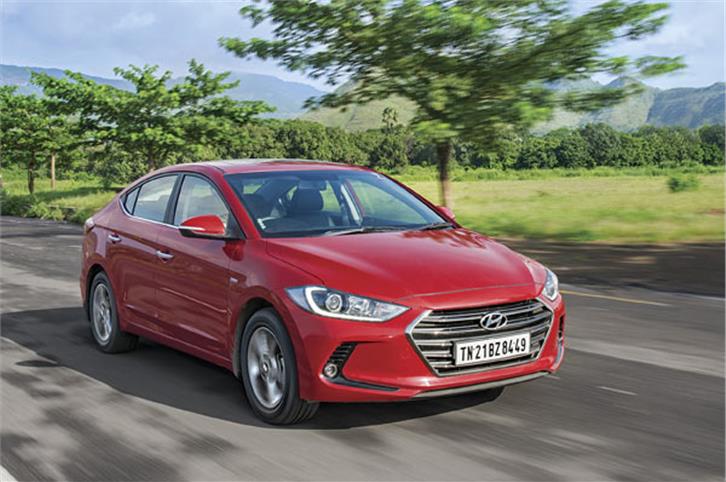
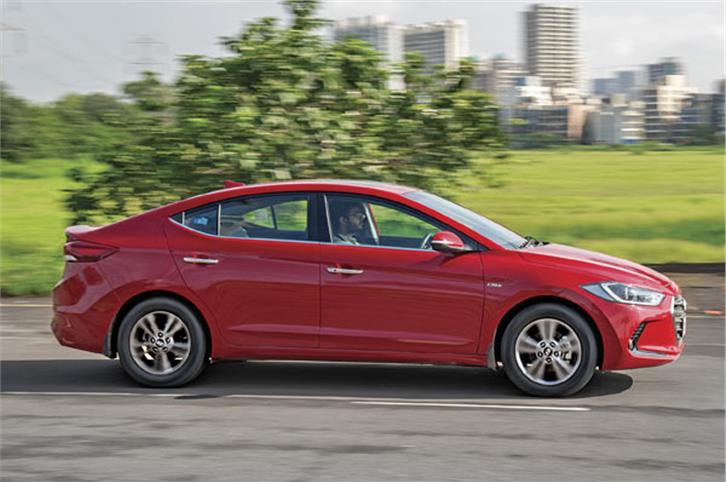


Under the hood of the new Elantra will sit one of two engine options – the familiar 128hp, 1,582cc ‘D4FB U2’ diesel and a brand new 152hp, 1,999cc ‘Nu MPi’ naturally aspirated petrol engine; yes, while the rest of the world is downsizing and turbocharging, the new Elantra’s motor is larger than its predecessor’s. Whichever engine you choose, you then have the choice of a six-speed manual or a six-speed torque-converter automatic, so really, all bases have been covered with this car.
The familiar engine first. The 1.6-litre CRDi turbo-diesel has powered not only the previous Elantra, but also the Verna and the Creta in India. While in those other two cars, its 128hp and 260Nm of torque are class leading, in the Elantra, they fall behind the competition (apart from the Toyota Corolla Altis), as does the engine’s displacement – 2.0-litres is the norm here. In everyday driving, the lack of displacement and power isn’t too much of an issue, and the Elantra diesel is quite happy at city speeds, thanks to its smooth and linear nature. Even on the highway, sure, you’ll feel a bit of strain when you drop down from sixth to fifth in the manual car and go for an overtake, but it does still cruise quite comfortably otherwise.
Interestingly, it’s the old-school six-speed auto that highlights the engine’s lack of oomph, as the shift points are out of your control. Whereas in the manual, you would probably shift up a little before the redline, say at 3,500rpm, to keep progress smooth, in the automatic, if you bury your foot, it will run all the way to the redline and that brings with it a lot of strain (until this point, the engine is impressively refined). What’s more, there are no paddles for you to select gears manually with, but you can use the gear lever itself. The other issue we had with the auto was that it was a little over-enthusiastic to shift gears. Very often, even the slightest drop in revs or smallest twitch of the accelerator pedal would cause an unpredictable upshift or a downshift, adding unnecessary interruptions to progress.
It’s a similar experience with the six-speed automatic on the petrol car – although it is smooth, there are no shift paddles and it can be a bit hyperactive with its shifts at low speeds. However, the new 2.0-litre petrol motor is a very different animal from the diesel. While the unnecessary upshifts are somewhat blunted by the diesel engine’s relaxed nature, the petrol engine is super responsive at low revs. This means, in the petrol automatic, you have to be judicious with your throttle inputs at lower speeds to make jerk-free progress, but once you’re used to it, it’s quite enjoyable. Paired with the added control of a manual shifter and a clutch pedal, the petrol motor is even more enjoyable; it’s one of the most responsive at low revs that we’ve ever tested. This makes it very well suited to stop-and-go traffic, letting you jump off the line briskly and cut into gaps with minimal effort. There is a small flat spot in the power delivery, just below 2,000rpm, after which the mid-range builds up in earnest. It revs out very smoothly and quickly, making you want to push it harder, but it never quite delivers that same punch you’d get from, say, an equivalent Honda engine. Refinement is good, and it’s not until 3,000rpm that you start to hear the motor in the car. But, while both motors are impressively quiet, you do hear quite a bit of wind and tyre noise inside the Elantra.
Exclusive to the automatic cars in both mid- and top-spec guises, are three selectable drive modes – Eco, Normal and Sport. There’s only a slight jump in responsiveness between Normal and Sport, more so in the petrol car as the motor is very responsive to begin with, but the real revelation is Eco mode. Before you even factor in the potential improvements to fuel economy, this mode just makes the automatic Elantras smoother to drive at lower speeds. The revs are kept low and shifts are few and further between, so you don’t get as many jerks or sudden spikes in power. Our performance tests were done in Sport mode of course, and in kickdown acceleration, both cars were much quicker than their manual counterparts are in-gear. So the autos may be better suited to snappy overtaking, but in flat-out acceleration, they were much closer matched, with the manuals being a bit quicker. The petrol manual, unsurprisingly is the quickest of the lot from a standstill, hitting 60kph in 4.02sec and 100kph in 9.32sec. Though there are disc brakes all around and the Elantra is equipped with ABS as standard, they felt a bit wooden and not quite as strong as we’d have liked slowing from three-digit speeds.
Copyright (c) Autocar India. All rights reserved.



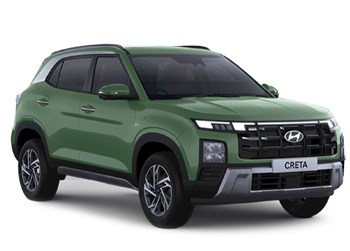
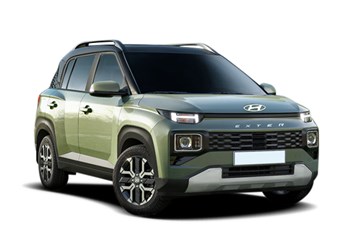
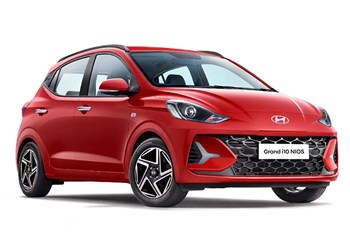
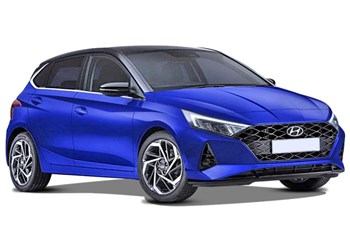
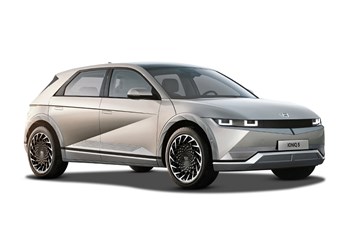
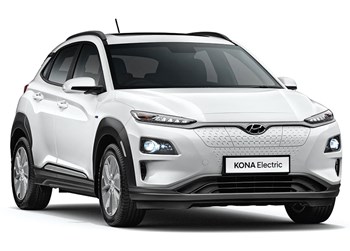







Comments
Member Login
Personal Details
No comments yet. Be the first to comment.